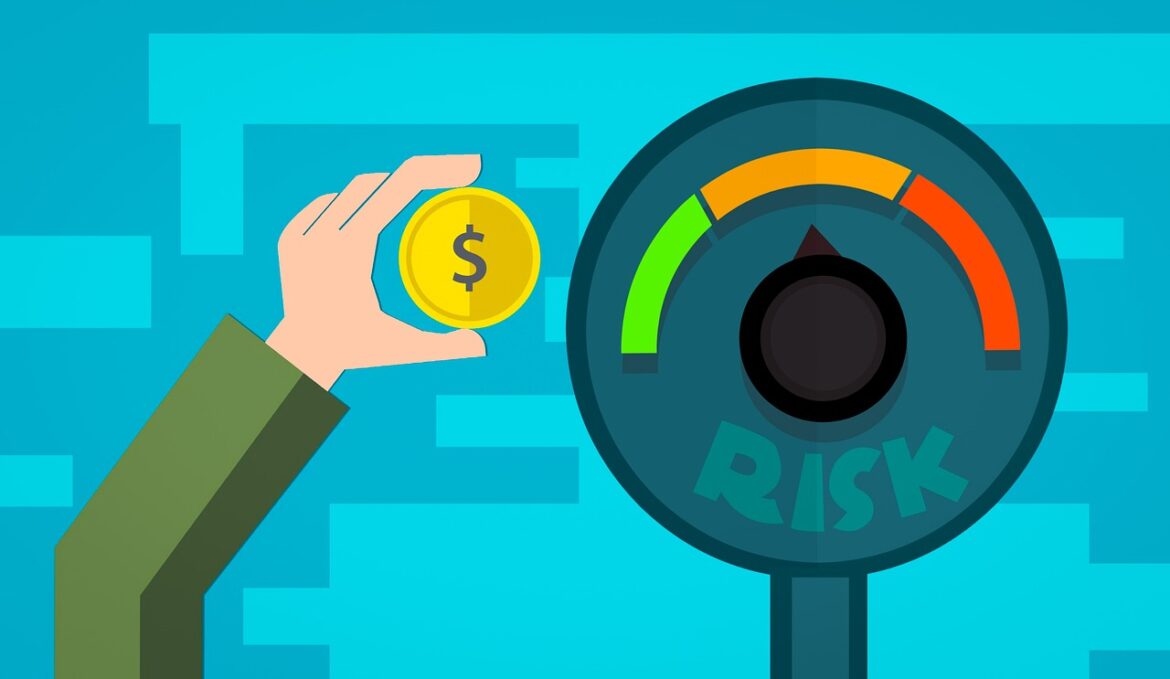Running any business, entity, organization, and even day-to-day life involves some degree of risk. The future is very unpredictable; your company could be hacked, the headquarters razed down by the fire, hit with a tax increase, lawsuit, competitors, declining business, recession, a business deal gone wrong, bankruptcy, etc. You can continue with life, hoping for the best, or you can adopt risk management strategies to cushion your business against some of these risks.
Risk management seeks to manage uncertainty. It also aims to reduce the impact in case of a crisis. You can adopt reactive risk management strategies or proactive strategies.
Proactive Risk Management
As the name suggests, being proactive means that you identify risks before they happen and figure out ways to avoid or alleviate the risk. Proactive risk management seeks to reduce the risk potential of the hazard or even better prevent the threat altogether.
Proactive management seeks to address the problem before it happens. It’s the same way; you go for regular checkups to screen for diseases like cancer. The doctors will catch the disease early when treatment is still an option. The doctors are able to identify the gradual change in your body before they become problematic.
Benefits of a proactive risk management strategy
- Gives you control
Instead of waiting for a catastrophe or risk to happen, you have decided to prepare. This puts you in control, allowing you to choose how the aftermath will be. Proactive management involves constantly monitoring your systems, processes, cybersecurity, your competition, market trends, the weather, etc. While monitoring all these aspects, you will learn about all the possible threats, which allows you to educate your employees on how to mitigate them.
A truly proactive approach dictates that each risk is constantly monitored. It also entails regular risk reviews to update on the current risk and new risks that could affect the company. This approach ensures that the management is always aware of the direction of the risks. The management can decide to prioritize the short terms risks as they seek ways to mitigate the long terms risks.
The company can track key risk indicators and update the risk level accordingly as the risk level increases or decreases.
- Helps limit exposure
Proactive risk management is a continuous process that companies should integrate into their risk culture. Identifying risks takes days, weeks, and sometimes months. However, once the risks are identified, companies can anticipate the risks and come up with ways to prevent them.
The traditional approach towards any risk is always correction-oriented, which seeks to correct a problem after it has occurred. However, it’s easier to neutralize the threats and limit exposure once you shift from correction to a more proactive approach.
- Saves resources
Trying to tackle a problem after it has occurred is always hectic. For example, in 2009, Toyota had to recall close to 4 million vehicles due to an issue that caused unintended acceleration. They also had to recall another 2.2 million vehicles in 2011 due to the same issue. Rectifying these issues after they appeared cost Toyota $2 billion, which could have been avoided if Toyota had stuck to their legendary quality controls.
If organizations were to identify threats before they occurred, they would have sufficient time to plan instead of reacting once it has happened. This is the case of Toyota, a manufacturer known for its quality controls and continuous improvement. In the 90s, they decided to prioritize growth and global dominance over quality. It didn’t take long before disaster struck, and it cost them dearly.
You are bound to spend more cleaning up after a threat occurs than you would by planning for it. By anticipating the risk, you’ll come up with ways to mitigate the risk and save your business from major losses.
- Continuous improvement
A proactive approach calls for constant monitoring of risks and internals process, which allows you to continuously improve your company as you try to mitigate the risk. Also, you will improve your decision making as you learn more about the risks and ways to avoid them. You will enjoy greater confidence from your stakeholders as they know you’re ready in case of anything.
Reactive risk management
A reactive approach differs from a proactive approach in that the disaster or threat has to occur before the management responds, unlike in proactive where they plan ahead. The reactive approach is stressful and costly as the management makes the decisions as the events unfold.
Although this approach gives you time to understand the risk before you can act, it puts you in a compromising situation. You’re always one step behind, and your other projects will lag as you attend to the situation at hand.
Benefits of reactive risk management
- Ideal for newly found risks or disasters
There are situations that companies rarely prepare for because they don’t expect them to happen. For example, during the 9/11 attack on the US, companies, and families that were affected by the attack had no prior knowledge of the attack. Chances of such large-scale terror attacks are minimal; thus, almost everyone was unprepared.
In such scenarios, a reactive approach proves effective as everyone understands the problem can create solutions. You can also use the scenarios to formulate ways to mitigate future threats.
- Seeks to avoid future threats
The reactive approach learns from past or current events and prepares for future events. For example, if an accident were to happen at work leading to loss of lives and damage of property, it would lead to a lawsuit. The company would pay millions to the families of the employees affected by the accident. The management would then implement preventive measures to mitigate future accidents.
You see, the company is reacting after the threat has occurred and altering their measures to prevent future accidents and losses.
Which risk management strategy is better?
Ideally, you want to be proactive when it comes to risk management, but when no one expected the threat; thus, the only option is to be reactive. However, reactive management is more of a laid-back approach, and you’re always in your comfort zone, waiting for the threats to occur before you can make your move. It puts in a position where the best you can do is to mitigate the damages.
A proactive approach puts you in control. It alerts you of the risks before they occur, thus giving you time to prepare and avoid them if possible. This shows that proactive risk management is better, but you can combine both strategies for even better results. Combining both strategies ensure that you learn from previous threats, constantly monitor and prepare for future threats.
A reactive approach learns from past disasters, threats, and risks, while a proactive approach would identify that a project or concept is too risky to undertake before you begin.



